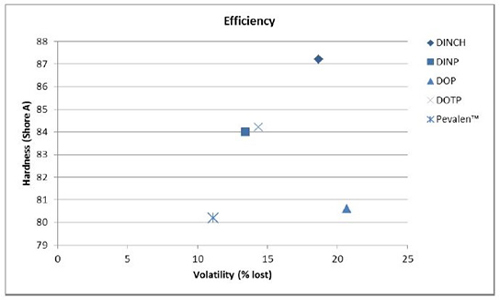The UN Conference on Trade and Development (UNCTAD) has released a research paper that finds trade in plastics is “immense,” and offers an opportunity to reduce plastic pollution and carbon dioxide (CO2) emissions through more effective trade policy. The paper reports on an effort to quantify and map global trade flows across plastics’ entire life cycle.
The paper titled, ‘Global Trade in Plastics: Insights from the First Life-cycle Trade Database,’ uses a database created by UNCTAD and the Graduate Institute Geneva that compiles data on a broad set of plastics-related inputs and products, and draws on a granular examination of official trade classifications. The results show that exports of primary, intermediate, and final forms of plastics amounted to more than USD 1 trillion in 2018, or 5% of global trade, a figure that is nearly 40% higher than previous estimates on the trade in plastics.
The paper finds that international trade takes place at every step of the plastics lifecycle, from primary plastics in resin pellet to intermediate plastic goods, final manufactured plastic goods, and plastic waste. Primary forms of plastics make up the largest share of plastics trade in volume (56%), followed by intermediate forms (11%), intermediate manufactured goods (5%), final manufactured goods (21%), and plastic waste (2%).
A wide diversity of countries are active in the plastics trade as both importers and exporters of plastic products. According to the paper, “virtually all countries” import plastic in one form or another, and most are also exporters of plastic. Different countries are involved in different parts of the plastic trade depending on the nature of their economies (agricultural or industrial), their infrastructure (position in global manufacturing chains and refining capacities), and their endowments of plastic feedstocks (fossil fuels). Saudi Arabia is one of the largest exporters of plastic inputs, exporting primary forms of pellets and nurdles, and is a limited importer. China is a major exporter of derivative products and an importer of primary plastics. Germany and the US “feature heavily in both importing and exporting” plastics across the life cycle. Other countries are prominent only in certain sectors, like, for example, Indonesia, which is an exporter of intermediate manufactured products and synthetic textiles.
The authors highlight an opportunity to explore the role of trade policy in supporting efforts to reduce plastic pollution across life cycles and to transform national and global production systems towards increased environmental sustainability. Such actions could help to tackle both marine plastic pollution and greenhouse gas (GHG) emissions from the plastics sector as well as environmental and health challenges across the life cycle of plastics, many of which disproportionately impact economically disadvantaged countries.
The database is a prototype and “still provides an incomplete picture” because of the methodological challenges of quantifying the volume and value of plastics “hidden” in products traded internationally. For instance, plastics may be used in pre-packaged products or embedded in consumer and household goods. These hidden flows are not yet included in the database because they require an additional methodological approach but they will be added to the database later in 2021.
UNCTAD plans to release the prototype database online as a free and open resource later in 2021. [Publication: Global Global Trade in Plastics: Insights from the First Life-cycle Trade Database]
References : https://sdg.iisd.org/news/unctad-paper-highlights-potential-of-trade-policy-to-reduce-plastic-pollution/









